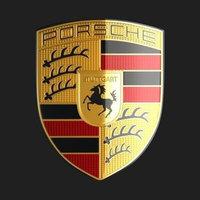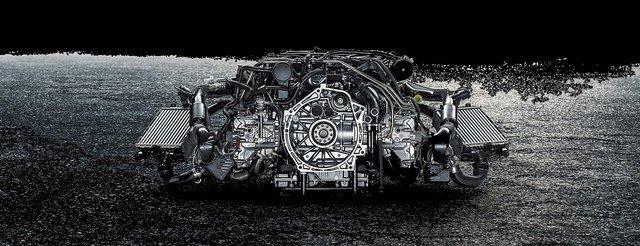- Vue d’ensemble
- Membres
- PRESENTATION 1er Message
- Diagnostics, recherche de pannes
- Vos tutos
- PRÉPARATION RACING
- ASTUCES & GADGETS
- Documentations techniques
- MOTEUR
- CARROSSERIE
- CHÂSSIS
- ELECTRICITE
- HABITACLE
- INJECTION CARBURANT
- ECHAPPEMENT
- BOÎTE VT
- REFROIDISSEMENT
- FREINS
- PCM-GPS-CDR
- CAPOTE - TOIT OUVRANT
- FILTRE AIR / BOITIER FILTRE A AIR / DÉBITMÈTRE
- IMS
- LE GARAGE
- VENTE DE PIÈCES PORSCHE
- Photos
- RECHERCHE PIÈCE
- VENTE PORSCHE
- Les bonnes adresses
- NEWS- Revue de presse
- PORSCHE 992
- PORSCHE 991
- PORSCHE 997
- PORSCHE 996
- PORSCHE Cayman 718
- PORSCHE Cayman 981
- PORSCHE Cayman 987
- PORSCHE Boxster 718
- PORSCHE Boxster 981
- PORSCHE Boxster 987
- PORSCHE Boxster 986


RPl Papillon d'entrée ( AOS) -Texte Traduit-
Par
-Olivier, dans FILTRE AIR / BOITIER FILTRE A AIR / DÉBITMÈTRE

